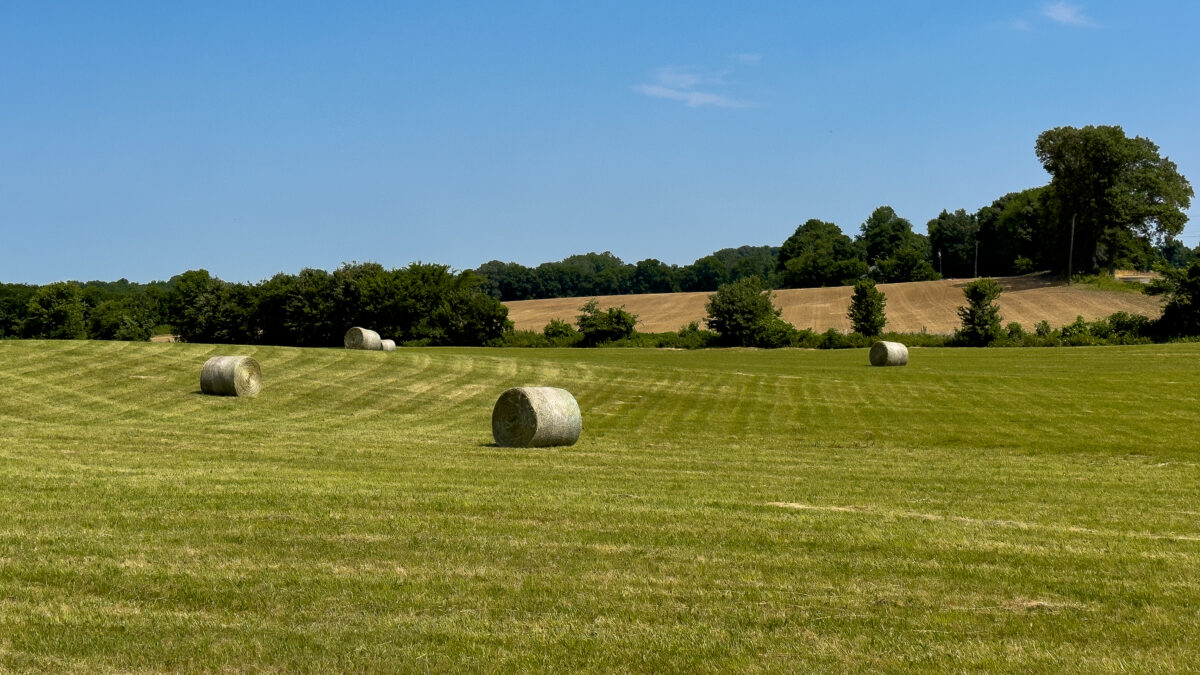New Book Gets Down in the Trenches of Real Conservation Work
Guest Author
Special Contributor to FB.org

photo credit: AFBF Photo, Morgan Walker
Guest Author
Special Contributor to FB.org
By Will Rodger
Miriam Horn’s “Rancher, Farmer, Fisherman: Conservation Heroes of the American Heartland” (Norton, 394 pp., $27.95) could be the most important book about agriculture you’ll read this year – maybe ever.
General readers have been misled by a parade of not-so-smart books from writers who want to change our broken food system. Armed with little more than reflexive outrage and bromides gathered from the far left, activists have decided to remake the world in their image: tranquil, vegetarian and oh-so-green.
Horn, who herself works for the pragmatic Environmental Defense Fund, hits back, detailing with real precision the everyday things that farmers, ranchers and others do to feed us all while nurturing their fields, ranges and habitat. Best of all: Her subjects are hardly outliers, but typical of a new generation of people who work the land for the future as much as the present.
We get to know Dusty Crary, a 50-something rancher from northwest Montana who is both a producer of beef and everyday activist who has helped preserve large swaths of the range and its habitat. Working with everyone from the National Rifle Association to the Nature Conservancy and Trout Unlimited, Crary has gathered together a band of ranchers who raise beef while restoring lands that too often have been over-grazed or abused by mineral and oil development.
Crary feeds his cattle on rotations so the land never becomes so trampled it will not support the indigenous flora and fauna of the region. He guards against wolves and bears that could threaten his herd. But instead of trying to eliminate them, he’s made peace with the world around him. He knows predators will usually avoid ranches as long as easy pickings – carcasses of calves that die during or shortly after birth, for instance – aren’t within easy reach.
Crary has sold development rights in perpetuity to conservation groups, assuring a future for ranching on his land as well as a guarantee the land he cares for today will remain wild and open for generations to come. But implicit in all of this is a sobering observation: The age of self-regulating nature is gone for good. The best anyone can hope for is a managed landscape that maintains what can be preserved while still permitting human activity.
Justin Knopf farms several hundred acres in the fragile grasslands of Salina, Kansas, just as generations of his family did before him. College-educated and an avid learner, Knopf rejects the false, binary choice between organic and conventional farming. His third way combines GMO corn and soybeans, cover crops, wheat and more to manage land that had become shockingly depleted after decades of use. Unlike his father and grandfather, he plows only occasionally. The result of his own no-till revolution is a rich, dark, loamy deposit that does not erode but is actually beginning to – ever so slowly – build new topsoil.
Horn contrasts the bounty of no-till with what Knopf rightly calls the “massive damage” done to soil biology by the implement that has defined farming for millennia, the plow. And plowing, she notes, remains the technique of choice for most organic farmers who find themselves in a game of no-till catchup with their more conventional cousins.
Even big business gets a nod. Merritt Lane, CEO of Canal Barge Company, has worked tirelessly to reverse the worst damage caused by Mississippi River levees that no longer feed the vanishing wetlands on which so much of agriculture and fishing still depend. And Horn writes, lyrically at times, of people like fisherman Wayne Werner and shrimping consultant Sandy Nguyen, who fight nature, refinery pollution, excess waterborne nitrogen and more just to survive in their blue-collar communities.
The Mississippi ties all these heroes together in its watershed. More important than geography however, is the ethic these citizen activists share. They know that no matter what Washington technocrats may decree, they themselves must step forward to keep natural resources healthy and abundant.
Top Issues
VIEW ALL